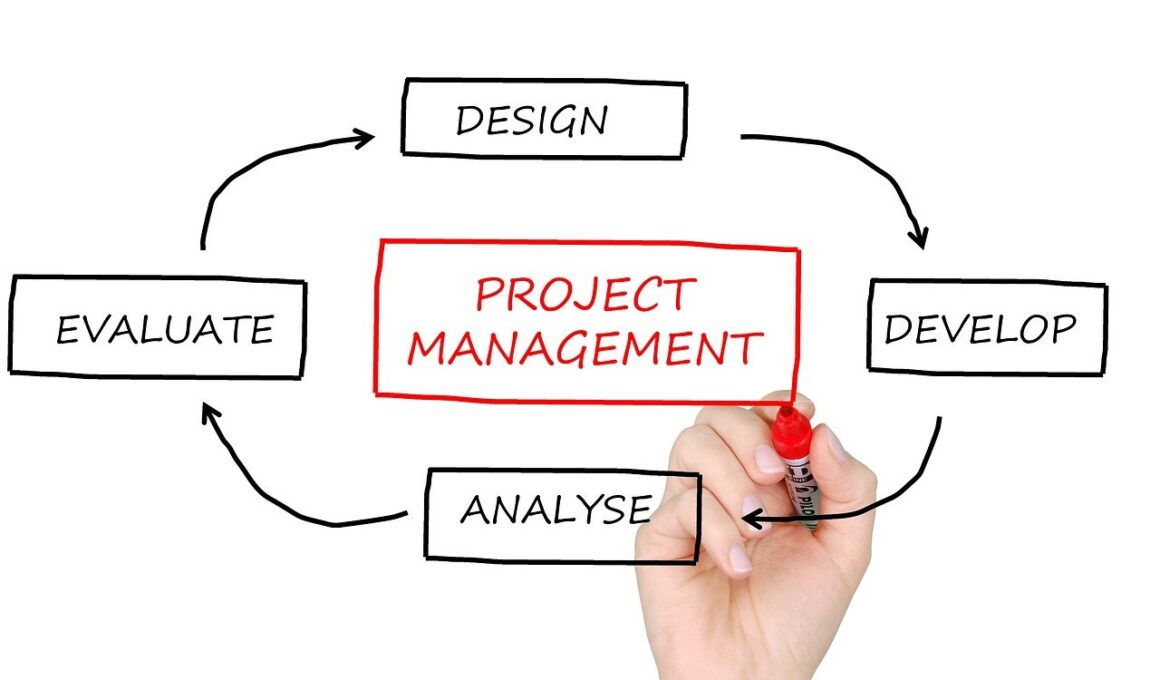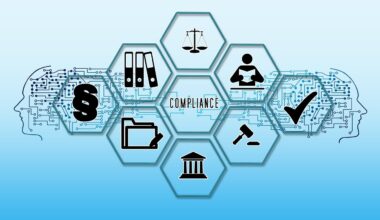Tools and Software to Assist in Project Charter Creation
Creating a project charter is an essential step in project management, as it outlines project objectives, scopes, and stakeholders. Numerous tools can facilitate this development, streamlining the process and ensuring clarity. For instance, Trello helps visually organize tasks and ideas for project charters. It allows teams to use boards, lists, and cards to brainstorm and categorize project requirements efficiently. Users can easily shuffle items to prioritize tasks and adjust ongoing needs. Additionally, services like Asana simplify project management by providing templates for project charters, promoting structure and consistency. Within Asana, users can assign roles, set deadlines, and collaborate with team members seamlessly, ensuring everyone is on the same page. Other valuable tools include Microsoft Word for traditional document creation and Google Docs for real-time collaboration. Both options offer flexibility and accessibility for drafting and updating project charters. The integration of tools enhances communication, enabling teams to discuss and refine project goals more interactively. In conclusion, leveraging the right software is pivotal for successful project charter development.
Another useful option is Lucidchart, a diagramming application that makes it easier to visualize project charters. Lucidchart enables users to create flowcharts and organizational structures, which are helpful for mapping out processes and approvals. Users can design visuals that represent the project’s hierarchy, stakeholders, and dependencies. This visual approach assists in portraying complex information in a more manageable format. Furthermore, Smartsheet serves as a powerful alternative for project charter development. It offers templates, collaboration features, and automated governance capabilities. Smartsheet is particularly beneficial for those looking for a spreadsheet interface without losing project management functionalities. Teams can track milestones, responsibilities, and timelines in a more dynamic layout. In many cases, using tools like Smartsheet or Lucidchart in conjunction with Google Docs or Trello can provide a comprehensive solution. Each software offers unique advantages that cater to varied project needs. Using these tools together can foster smoother transitions between stages of project development. A combination of visual aids and structured documentation enhances the overall project’s understanding and execution.
Utilizing Collaboration Tools for Project Charter Development
Collaboration platforms also play a critical role in project charter creation. Tools such as Slack and Miro enhance team communication and brainstorming efforts. Slack allows teams to maintain open lines of communication, share files, and discuss project details in real-time via channels. This setup ensures that everyone remains informed and can provide feedback quickly. Miro, on the other hand, is a collaborative digital whiteboard that enables teams to ideate and visualize their project charters. It supports mind mapping, which empowers users to brainstorm project goals and requirements in a visually appealing manner. Teams can work asynchronously, framing their thoughts even if members are in different time zones. Implementing these collaboration tools fosters a culture of teamwork and innovation during the charter development process. Additionally, Evernote can serve as a personal knowledge repository to collect ideas, resources, and research findings related to the project charter. Combining these collaboration techniques makes it easier to gather diverse perspectives, ultimately enhancing the charter’s quality and inclusivity.
Once a project charter is drafted, reviewing and refining it is essential. Tools like FeedbackFruits can streamline this process by facilitating peer reviews where team members can comment on the charter document. This feedback mechanism ensures that every voice is heard, and it helps to identify potential gaps in the project plan. Another effective tool for charter reviews is Confluence, which allows teams to create documentation collaboratively. Using Confluence as a shared knowledge base ensures that everyone has access to the latest project information and can contribute their insights. Furthermore, incorporating project management software such as Wrike can keep the team aligned throughout the project charter phase. Wrike provides real-time updates, allows for tracking changes, and integrates with existing tools used for documentation. By combining tools designed for collaboration with dedicated feedback platforms, teams can cultivate an environment of transparency and continual improvement. In conclusion, an integrated approach harnessing these diverse tools is key to developing a cohesive and effective project charter.
Importance of Choosing the Right Project Charter Software
When selecting tools for project charter development, it’s crucial to choose software that aligns with the team’s needs and project requirements. Assessing factors such as team size, complexity of the project, and desired collaboration level will guide the selection process. For instance, smaller teams may benefit from lightweight applications like Notion, which combines documentation and task management in one sleek interface. Notion allows for customizing templates that cater specifically to project charters, ensuring every part of the process is well-organized. On the other hand, larger teams might prefer more robust solutions like Jira, particularly useful for software development projects. Jira provides advanced tracking features, which are crucial for complex project charters. Moreover, investing time to train team members on the selected software is imperative for maximizing usage efficacy. Creating guides and conducting workshops can foster familiarity and proficiency. Ultimately, the right software can lead to improved efficiency in project charter creation and enhance overall project delivery effectiveness.
In addition to selecting tools, it is essential to establish clear processes that govern project charter development. Tools like Monday.com can help in laying out these processes visually and ensuring smooth transitions between phases. With visual boards that represent different stages, teams can track progress and manage tasks effectively within the project charter framework. This transparency enables members to understand their responsibilities while keeping their eyes on project timelines. Furthermore, best practices like regular check-ins, milestone evaluations, and open feedback loops with tools ensure that everyone is involved throughout the charter development. Cultivating an organized approach to utilizing these tools encourages accountability and fosters a higher-quality project charter. Integrating agile methodologies into the tool’s functionalities can further enhance adaptability while modifications are needed. Such an approach will also help in accommodating the expectations of various stakeholders involved, as they can see the evolving draft. Ultimately, establishing processes and integrating tools leads to robust project charters that underpin successful project execution.
Conclusion on Project Charter Software Selection
In conclusion, the tools and software available for project charter development are numerous and diverse. The effectiveness of a project charter greatly relies on leveraging the right tools to facilitate collaboration, documentation, and feedback. The variety in offerings allows teams to choose the most suitable software based on team dynamics and project characteristics. From visualizing ideas in Miro to managing tasks within Trello, the options are vast. It is not only important to select various tools but also to continually optimize their use as projects develop. Learning from previous iterations and adapting the processes based on outcomes can lead to better efficacy and improved results in future project charters. Continuous engagement with all stakeholders involved will ensure that the final results meet everyone’s expectations. Therefore, making a deliberate effort in planning and utilizing these resources pays off significantly. Organizations that prioritize effective project charter development ultimately set their projects up for success, reinforcing the crucial role of proper tool selection in project management.
Furthermore, seeking out continuous improvements in software functionalities helps teams to stay ahead of the curve. The tech landscape is ever-evolving, with new features and tools emerging regularly. Staying informed about the latest developments ensures teams can capitalize on innovative functionalities that enhance their workflow and effectiveness in project charters. Adapting to new software might appear daunting initially, but investing time in learning can yield considerable benefits. Additionally, engaging in community forums and attending webinars can expand knowledge on best practices, enabling better utilization of the tools. This collaborative knowledge sharing often leads to discovering unutilized features, enhancing productivity. Overall, the goal should be to maintain flexibility and a learning attitude towards using software. This readiness to adapt ensures teams can continuously improve their project charter development process, making it more dynamic and efficient. With this mindset, it is possible to produce project charters that resonate with all stakeholders. Ultimately, embracing a culture of collaboration and knowledge sharing ensures the project will fulfil its intended purposes while adhering to timelines and budgets.


